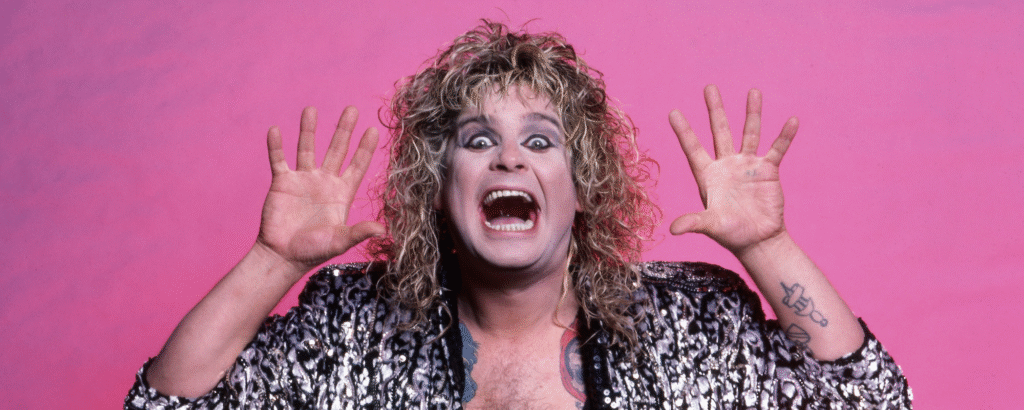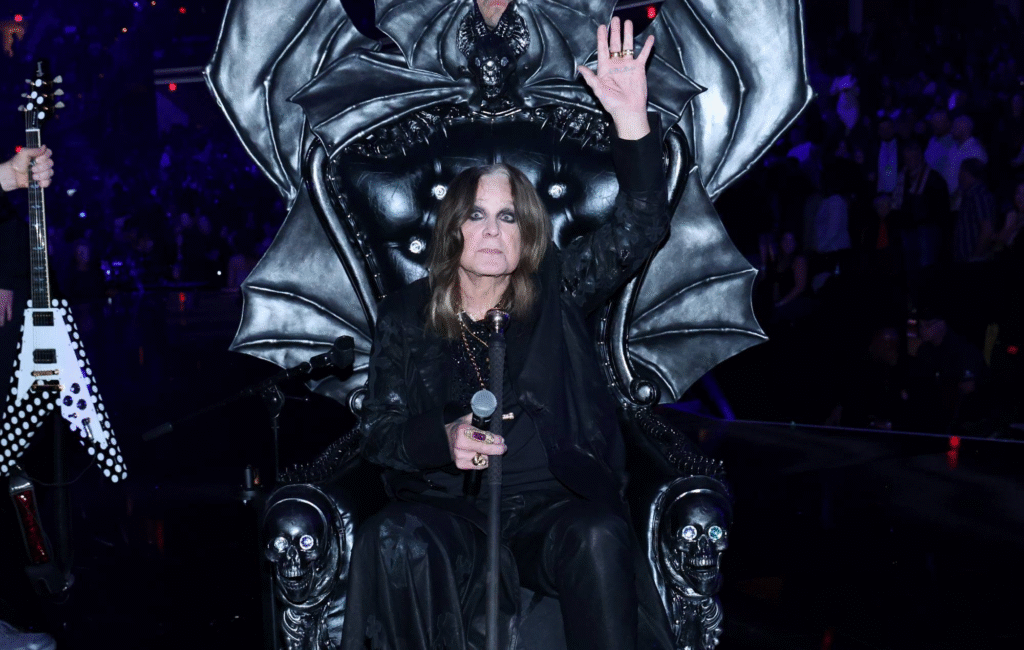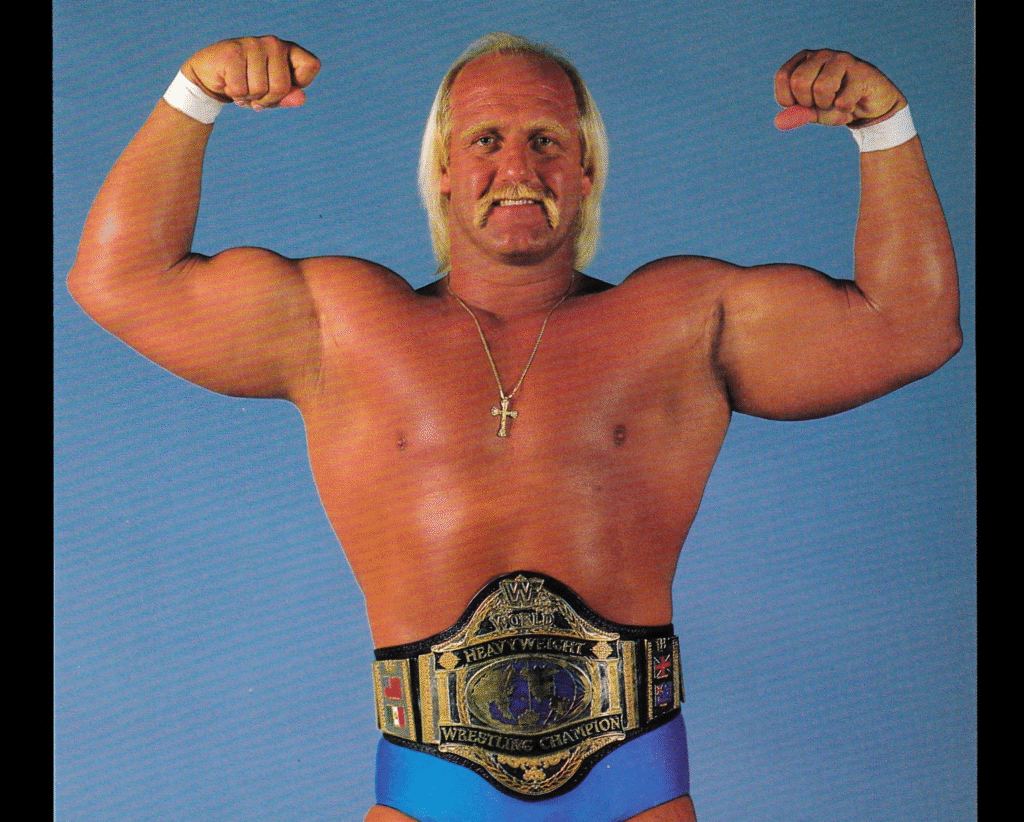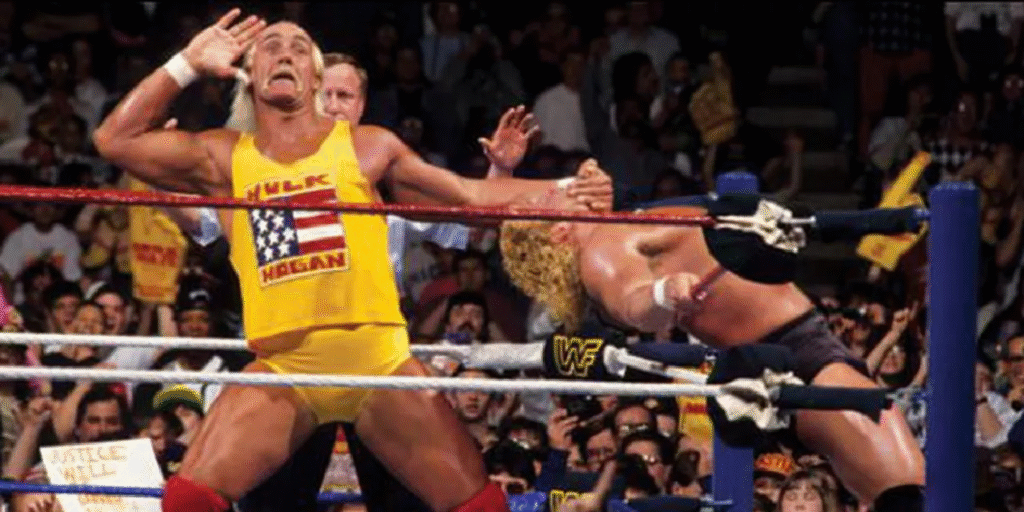Skwirl here…
Numbers can feel arbitrary and useless unless they have a specific connection to something familiar. So, let’s put one to the test.
52 — It’s a whole, even number. Its factors are 1, 2, 4, 13, 26, and of course, 52. Let’s get a little nerdier: the square root is 7.2111… In binary, it’s 110100. The Roman numeral? LII.
Now step away from the math for a second and see where 52 shows up around us. There are 52 weeks in a year (I know, easy one). A standard deck of playing cards has 52 cards—not counting jokers. A piano has 52 white keys. There’s even a whale called the “52-Hertz Whale,” supposedly the loneliest whale in the world because no other whales sing at its frequency. Area 52? Yeah, that’s real—and just as secretive as Area 51.
How about people who are 52?
- Jim Parsons (March 24, 1973) – Sheldon from The Big Bang Theory
- Neil Patrick Harris (June 1, 1973) – Doogie Howser, Barney Stinson, and the incredible Dr. Horrible
- Kate Beckinsale (July 26, 1973) – Underworld, Pearl Harbor
- Skwirl707 (August 5, 1973) – That would be me. “I’m not saying I’m getting old, but I sneezed at 52 and threw out my back, my knee, and a tax return from 1997.”
I turn 52 in just a few days, and honestly—I still feel like that kid back home who had no clue what the hell life was about. Can you say impostor syndrome? I’ve never been one to panic about getting older. “OH MY FRAKKING GOD I’M GETTING OLD!” wasn’t really my thing… until now. Sure, my body isn’t in the best of shape, but hey—it’s still a shape. Beach balls count, right?
This past week hit a little harder than most. Not because of world events, but because three major influences from my childhood passed away: Malcolm-Jamal Warner, Ozzy Osbourne, and Hulk Hogan. These weren’t just celebrities to me. They were part of the foundation of who I became. Theo Huxtable was a kind of role model in all his hilarious, chaotic Cosby Show mayhem. Ozzy? He was my gateway into metal music. And Hogan—well, Hulk Hogan was the base of the giant, glittering monolith that was the WWF during my youth.
Malcolm-Jamal Warner
Growing up, Malcolm-Jamal Warner was one of those TV figures who felt less like a character and more like someone I could’ve actually known—maybe even been friends with. I was 11 when The Cosby Show first hit the air. That weird in-between age where toys were getting boring, games were getting serious, and girls were suddenly showing up on the radar. Theo Huxtable landed right in the middle of all that. He was awkward, funny, full of wild ideas that didn’t always work out—basically, he was me.

The way he clashed with his dad? That hit home. I’ll never forget the ear-piercing episode—that scene mirrored a real conversation I had with my own dad. And that horrendous shirt he bought once? Still hilarious. Theo had that ADHD vibe long before I had a word for it: scatterbrained, impulsive, and always trying to do right in his own way. I honestly think if Theo were real and lived nearby, we’d have hung out.
Malcolm-Jamal never faded after The Cosby Show either, which I always respected. One of my favorite roles of his is in The Tuskegee Airmen as Leroy “Cappy”—quiet strength, steady presence, unforgettable. He helped shape who I became just by showing up and being real.

Ozzy Osbourne

Ozzy didn’t just arrive—he exploded into my life. I had heard Black Sabbath before but hadn’t put a name to the voice. Then my brother brought home Tribute, and that changed everything. That CD never left rotation. Ozzy’s voice wasn’t smooth—it was gritty and raw, like someone who’d been to hell and back and brought the echo with him.
He wasn’t polished or picture-perfect. He walked against the grain of what the industry expected, and I loved that. Ozzy didn’t ask for permission—he just was. And while I never saw myself as a singer, there was always that little voice in the back of my head saying, “Well hell, if Ozzy can do it…”
His music was the backdrop to an era of rebellion and weirdness I proudly lived through—Dio, AC/DC, Whitesnake, Cinderella, Ratt. But Ozzy stood in the middle of it like some wild, chaotic shaman. He was mood, myth, and madness. And I loved every bit of it.

Hulk Hogan

Hulk Hogan wasn’t just a wrestler—he was the wrestler. I first saw him in the late ’70s or early ’80s on Sunday mornings, sitting with my dad. Back then, most channels just showed church programs—but we had wrestling. Hogan vs. Rowdy Roddy Piper was my introduction, and it felt like watching a superhero brawl in real time. Hogan with his golden hair and ripped shirts. Piper in his kilt and wild fury. It was spandex theater at its finest—and I was hooked.

Hogan had this never-say-die energy. He’d be getting stomped, the ref would lift his arm—once, twice… and then the third time he’d hold it up and explode. That comeback moment? That taught me something important: the good guy doesn’t always win easy, but he fights back. My friends and I would cut our old T-shirts so we could “Hulk out” too—just made sure our moms didn’t find out.
Years later, I met a guy named Jim who wrestled as a “Blue Trunk”—the guys who lose to make the stars look good. He told me Hogan was the real deal. Paid for meals, never ignored fans, always kind. That meant everything to hear.
When Hogan turned heel with the dyed beard, I wasn’t on board—but I got it. He was giving the fans a story. Watching Hogan Knows Best later reminded me he was human. Flawed. Struggling. But still showing up. Still trying. That’s what stuck with me. That’s what I still carry.
So yeah… 52 is just a number. But sometimes, it’s also a mile marker. A moment to pause and thank the heroes, the weirdos, the trailblazers, and the myth-makers who helped shape a little fat Indian kid from Northern California into the man behind this keyboard.
Thanks for the memories, Malcolm. Thanks for the madness, Ozzy. And thanks for always fighting back, Hulk.
Whatcha gonna do, brother… when 52 runs wild on you?